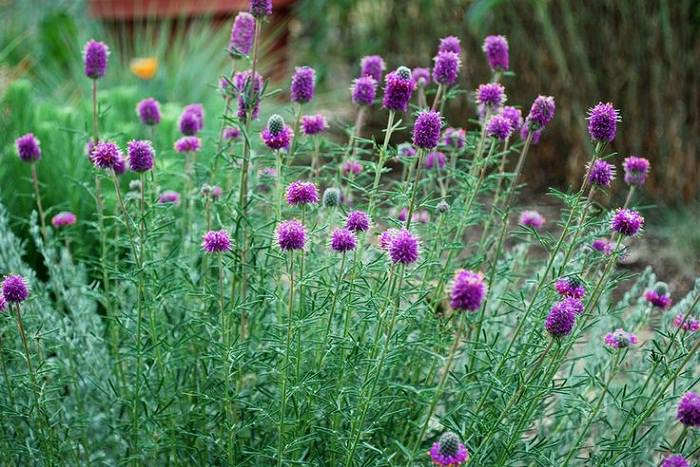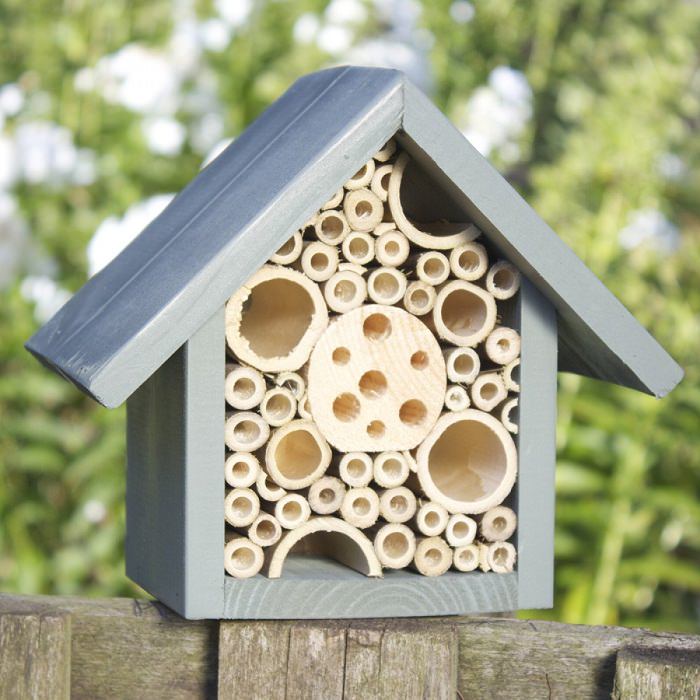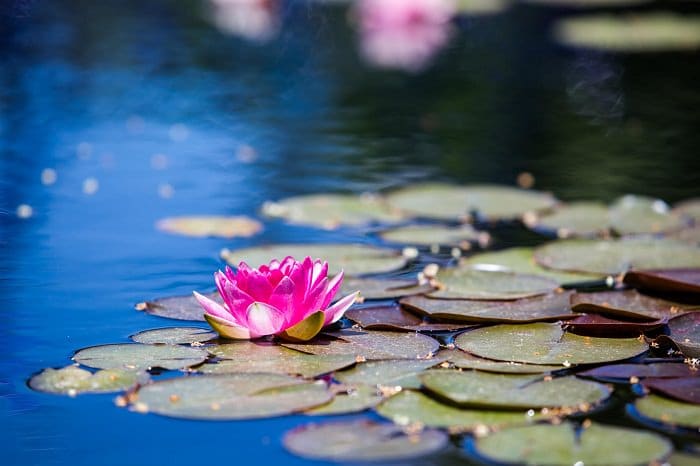Attracting wildlife into your garden can make it more lively, it will also improve the overall health of your garden. Here are the 5 ways to do this!
Many people think that all insects and bugs are pests, but this couldn’t be further from the truth. These tiny creatures protect your garden from harmful nuisances, so it’s wise to encourage them into your space. Not only will a lively garden provide hours of entertainment, wildlife will repay your kindness by keeping your garden beautiful and free of harm.
These five simple steps will help to encourage cute critters and soulful songbirds into your garden.
1. Choose your plants with wildlife in mind

The plants that you introduce to your garden will have a huge effect on how much wildlife you attract, so it’s best to plan ahead when creating or refreshing an outdoor space. Sweet smelling flowers like roses and honeysuckle will entice creatures to come and investigate the appealing scent. Native hedgerows will appeal to local wildlife, so do some research before you plant your parameter borders. If you have space, an oak tree not only looks beautiful but offers a safe haven for large and small animals and critters.
2. Thicken hedges and lengthen grass
Providing cover is the simplest and most effective method for attracting mini beasts; they’ll really appreciate somewhere to shelter from the elements and predators, as well as having somewhere safe to sleep. By allowing your grass to grow longer, and adding density to your hedges you’ll be proving much-needed cover for small creatures. Thick hedges also provide shelter and a safe place to nest for birds, encouraging them to make your garden their home.
Whenever you’re trimming foliage or cutting your lawn, take care and try not to disturb nesting wildlife as much as possible. Once you have created safe havens, it’s important they remain exactly that.
Also Read: Best Ornamental Grasses you can Grow in Pots
3. Provide food sources

Natural food shortages are a constant danger for birds, so adding a bird feeder to your garden will help local species survive. Make sure you position your feeders out of harm’s way – keep them at least two meters away from cover and be sure that pets or children can’t reach. Once birds start to feed in your garden, keep up your routine as they will become used to it and will time their visits accordingly. Any plant that grows berries will provide an additional natural source of food for our feathered friends.
Small creatures tend to prefer plants that grow in the sun rather than the shade, and anything that grows at the edge of shrubbery or borders is always popular, so bear this in mind when adding to your garden. Insects and bees love flowers and the nectar within, so aim to provide a good variety all year round. Check for the pollinator logo on plant packets to get guidance on what to buy.
Also Read: How to Make a Bee Friendly Garden
4. Create lots of hiding places

A bird box is a great way to attract birds to your garden at any time of the year. By adding these small structures to your garden, you are creating safe spaces for them to shelter from the elements and to raise their young. In return, you’ll benefit from having constant companions throughout the year, and you can even fit a camera inside your box for ultimate bird watching. When fitting your bird box (or multiple bird boxes, if you are hoping to attract more than one species), position it in a quite area at least 1.5 meters above the ground, to ensure that occupants are safe and undisturbed. Be sure to keep the bird box hospitable by cleaning it out, but never disturb it when it’s occupied.
Useful insects, beetles and centipedes appreciate hiding places such as dense foliage and grass piles, which is a great excuse to put off tidying your ‘garden litter’. Delay cutting back your perennials in autumn, and during winter when plants are sparser, arrange piles of logs, stones or bark around your garden to create perfect spaces for hibernation.
Also Read: How To Attract Ladybirds in your Garden
5. Add a water feature

Larger garden wildlife such as frogs and toads are attracted by a pond, and if you can entice them into your garden they will repay you by eliminating slugs and snails; both of which love to feast on your plants. If you don’t have enough space for a pond, consider adding something smaller like a bird bath or water feature. Both of these options will entice beautiful birds and butterflies, as well as critters that love to feed on various types of insects. Not only will your garden be protected, you’ll have lots of colorful creatures to enjoy.
The kinds of wildlife that you’ll attract will differ depending on where you live and the space that you have available. Talk to your local garden center or wildlife association to get advice on how to create a garden that creatures will love as much as you do.
Also Read: How to Make a Container Water Garden
 My name is Will Armstrong and I am a student at the University of Akron in Ohio. I am studying sales and marketing management but share a passion for gardening and landscaping. Throughout high school, my main job was landscaping. Over the course of those years, I learned so much, and in August of 2015, the summer before my freshman year of college, I started Yaardvark. I love learning and sharing my knowledge with the community. I hope you enjoy!
My name is Will Armstrong and I am a student at the University of Akron in Ohio. I am studying sales and marketing management but share a passion for gardening and landscaping. Throughout high school, my main job was landscaping. Over the course of those years, I learned so much, and in August of 2015, the summer before my freshman year of college, I started Yaardvark. I love learning and sharing my knowledge with the community. I hope you enjoy!





Attracting wildlife in our gardens can be such a delight, the presence of wildlife causes a garden to come to life with the many activities that go on. These gardens are pretty unique because, with these garden types, you help to give nature a helping hand.
However when seeking to construct a wildlife garden thought should go into these types of gardens like what you want to attract, what plant type will attract what you want to visit your garden, these are the plants to install.
And there are other components such as providing a water source, other food sources, etc…
in fact, it all boils down to creating a natural habitat that will attract wildlife.